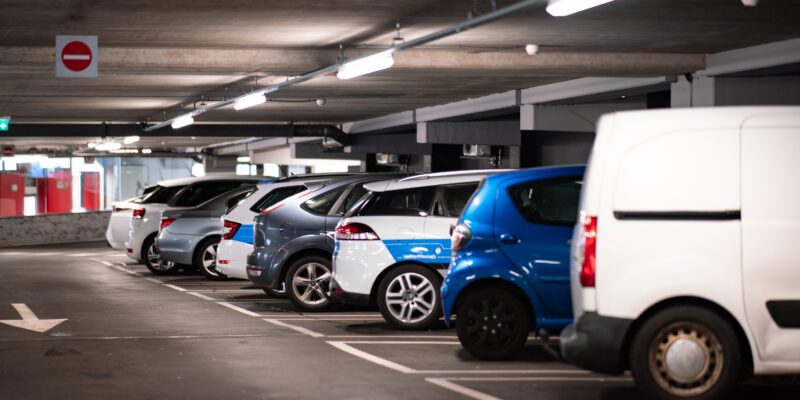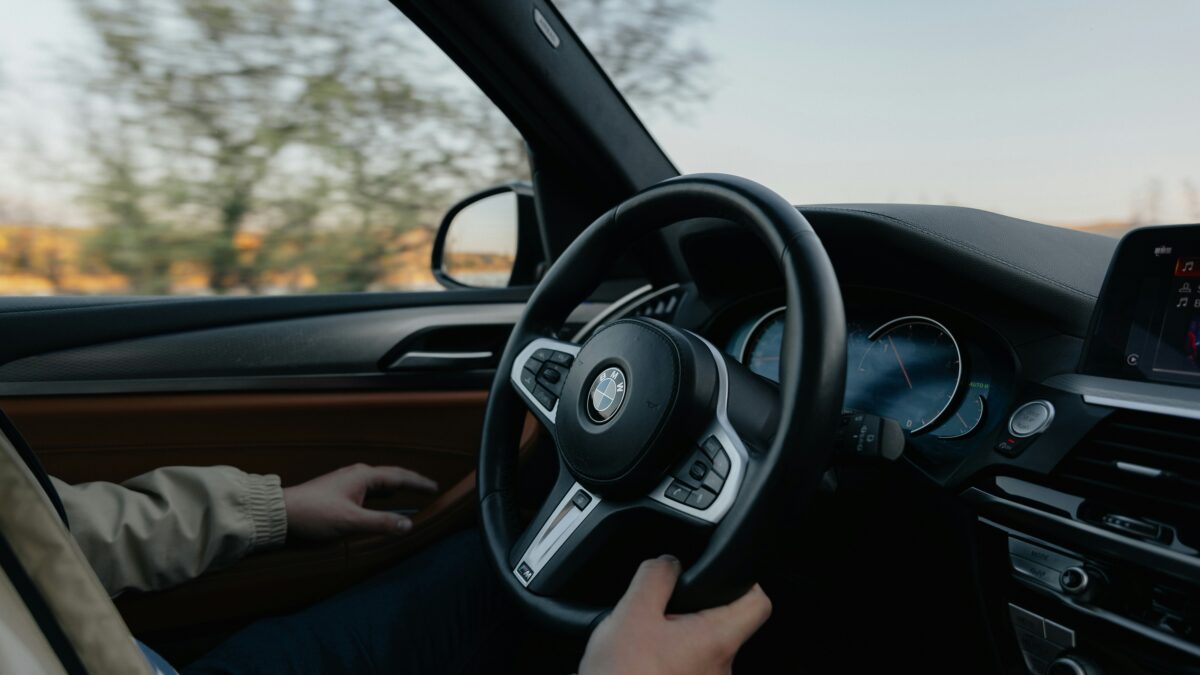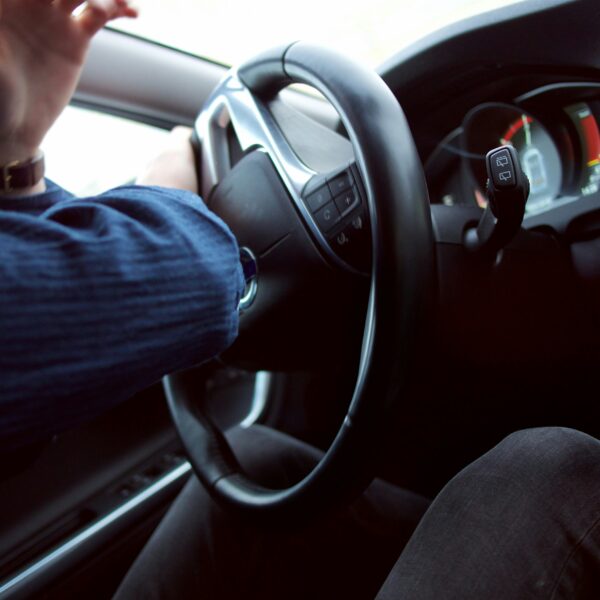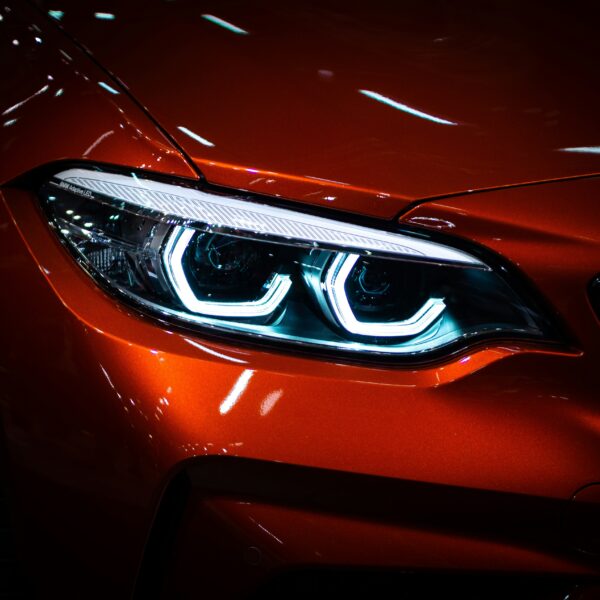How Self-Driving Cars are Changing Parallel Parking
One of the most challenging techniques to learn when you start driving is parking, more specifically, parallel parking. It is something that not many drivers ever completely master or is confident completing.
Many drivers avoid complex spaces and opt for a more effortless parking experience. For most mere mortals, any help parking your car into a space pretty much the size of your vehicle is much appreciated.
A few years ago, the addition of parking sensors and reversing cameras allowed drivers to be guided into a parking space more easily. While this did help the parking-illiterate of the driving community, it still involved a lot of input from the driver of the vehicle, which isn’t ideal. In an effort to resolve the problem, numerous automotive manufacturers came up with a solution.
New generation of parking
This next generation of parking aides goes a step further, where the driver does not even need to use the pedals—what a relief. Several luxury cars manufacturers offer customers the option for a remote control parking feature that can park the car while you stand next to it by using the key fob or your smartphone to control it. While it is nice not to be reliant on the driver’s parking skills, instead, you have to rely on people’s hand-eye coordination.
Now automotive manufacturers have gone the whole way, and cars with autonomous parking are here. Watching someone spend ten minutes attempting to parallel park to then give up and find another space is going to be a thing of the past.
Autonomous parking cars and parallel parking
While autonomous parking cars can take away a massive amount of the parking burden, like manoeuvring into an awkward space, some vehicles do not have a 100% automatic system. So these systems wouldn’t take 100% of the responsibility. Sometimes a driver needs to be there to handle the braking system.
The autonomous parking system was first debuted in 2007 in a Lexus LS 460 but has since been implemented globally in various makes and models of cars. Every manufacturer has given their automated parking system a different name. For example, Nissan has called their system ProPilot Park, while Ford has named their system Ford Active Park Assist.
How does autonomous parking work?
Once activated by a button on the dashboard, the autonomous parking system uses various sensors and cameras located at the front and rear of the vehicle to find an unused parking spot. Once a parking spot is located, the system will inform the driver to put the car in drive or reverse; this is where the system’s automation will take over. It will steer itself into the parking spot, correcting any angles to avoid bumping off another vehicle.
Some basic versions of these systems may require more input from the driver, like controlling the acceleration.
Luxury versions of the autonomous parking system will handle all the necessary movements in parking a car. This includes steering, braking, and gear changes. Sometimes you do not even need to be in the vehicle while it parks itself, which is mind-blowing. Even though this is fully automated, it would be good practice to keep an eye on how it is parked in case something unforeseen happens.
What vehicles have autonomous parking for parallel parking?
Autonomous parking systems are available in a range of automobiles, such as BMW, Hyundai, Kia, Mercedes-Benz, and Tesla. These vehicles have different levels of automation in their parking systems.
BMW and Mercedes-Benz have driver-controlled parking systems, which are helpful for parking garages with tight spaces. Kia’s autonomous parking system is a little different. From the key, drivers can start the car without being in it and steer it into the parking space. This system, again, is marketed toward narrow parking spaces.
Tesla, of course, is at the forefront of all automotive technology and has an autonomous parking system called Smart Summon. This system is fully automated and can extract itself from its parking space and wait for its driver a short distance away.
Mercedes-Benz and Ford have been testing similar systems to this. In time, fully automated parking systems will be on their way to more affordable brands of automobiles.
Autonomous parking is something that we have only seen in the likes of The Jetsons and IRobot. It seems mind-blowing that we live in a time when technology is so advanced that cars can park themselves. Anyone who has tried to parallel park their vehicle on a busy street can take a sigh of relief. Help is coming.
















I can’t wait until all/most vehicles are equipped with this feature. No more with having to struggle to parallel park on a busy street and having a line of cars waiting until you finally get it right. However, I am a little terrified to rely on technology for autonomous driving. There’s always the feeling in the back of my mind that something can go wrong like accidentally hitting another car while trying to parallel park.
360 degree wheel rotation and crab parking technology can make this even simpler